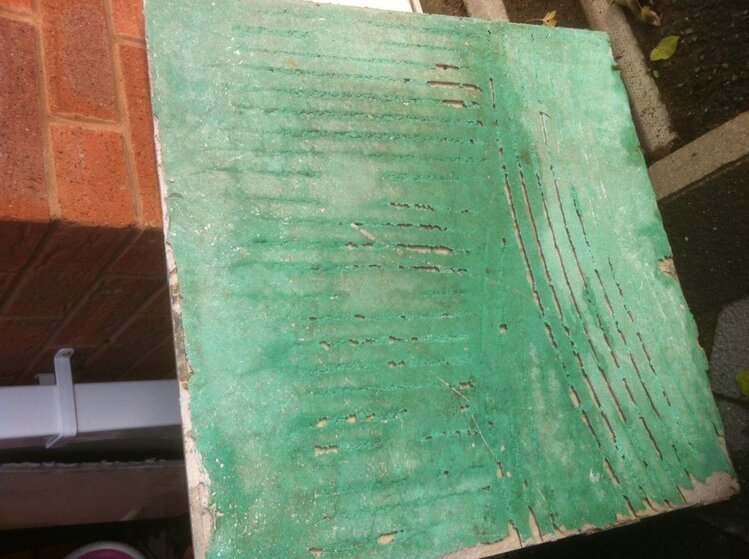S
Stef
It'll probably be a few weeks before I get to look at it, end of Jan is the earliest. I'm very interested to see what's underneath, maybe the spot fixing method has been used :lol:
Probably.
What tiles are laid?
It'll probably be a few weeks before I get to look at it, end of Jan is the earliest. I'm very interested to see what's underneath, maybe the spot fixing method has been used :lol:
It'll probably be a few weeks before I get to look at it, end of Jan is the earliest. I'm very interested to see what's underneath, maybe the spot fixing method has been used :lol:
Probably.
What tiles are laid?
I went to look at a floor that had failed a couple of days ago and of the 60 m2, not much of it seems to be left attached to the screed. The grout is cracking and most tiles sound hollow. It's going to be a mammoth task sorting it out as the skirtings and kitchen are all fitted ontop. Now before I delve in and start pulling the place apart, what are people's thoughts on trying a resin injection to remedy the situation, is it worth a go? It wasn't me who tiled it originally so I'm not sure exactly why it's failed, my guess would be wrong prep or wrong adhesive, I won't know until I remove a couple of tiles. The lady has only been in the house 18 months and I want to cause as little disruption as possible, I feel quite sorry for her as she is quite clearly distressed about it.
I've been tapped up by a neighbour on the job I'm working on now, same problem will start a new thread for it!!


